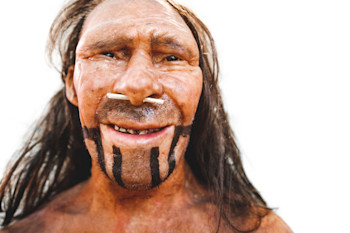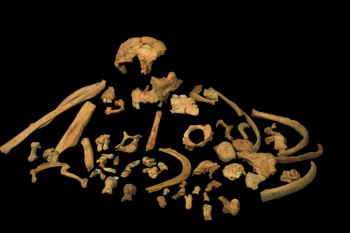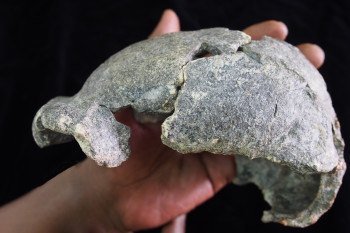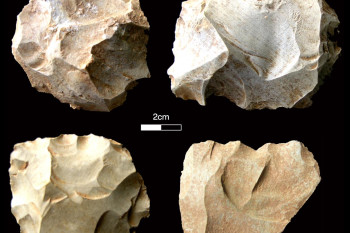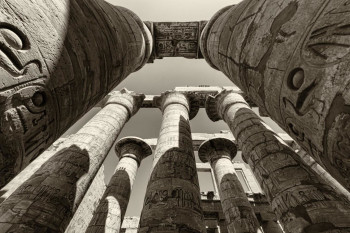If you met a Neanderthal, the first thing you might notice is that your hominin cousin was a bit shorter than your average human. Neanderthals were both shorter and thicker than we are, so while you might beat them on the basketball court, they could probably out-arm-wrestle you. The next thing you’d probably notice is a broad and flaring nose with large nostrils. Some scientists have hypothesized this was an adaptation that allowed them to breathe cold air more easily and adapt to frigid European climates. Neanderthals also had protruding brows and weak chins, though their jaws seemed to be more developed than ours.
Something you might not notice, though it is a significant difference between us and Neanderthals, is the volume of their skull. Their brains were likely larger than ours, though it’s not known how that affected their cognition.
Beyond physical differences, it’s difficult to say how Neanderthals differed from modern humans. The clues we do have come from their genome, which was sequenced fully in 2010. The ancient hominins shared about 99.7 percent of their genetic material with us — meaning they were mostly human in this regard. How the rest differed is largely unclear, though we do have some ideas.
Neanderthals and humans interbred multiple times, and we’ve got some Neanderthal DNA in our genomes. Scientists have tracked what some of those genes do, and it offers a broad glimpse at some Neanderthal traits. For example, genes from Neanderthals relate to how our immune systems fight off pathogens, how our bodies use keratin and our sense of smell.
This story is part of an ongoing series exploring questions about human origins. Read more about ancient humans:











